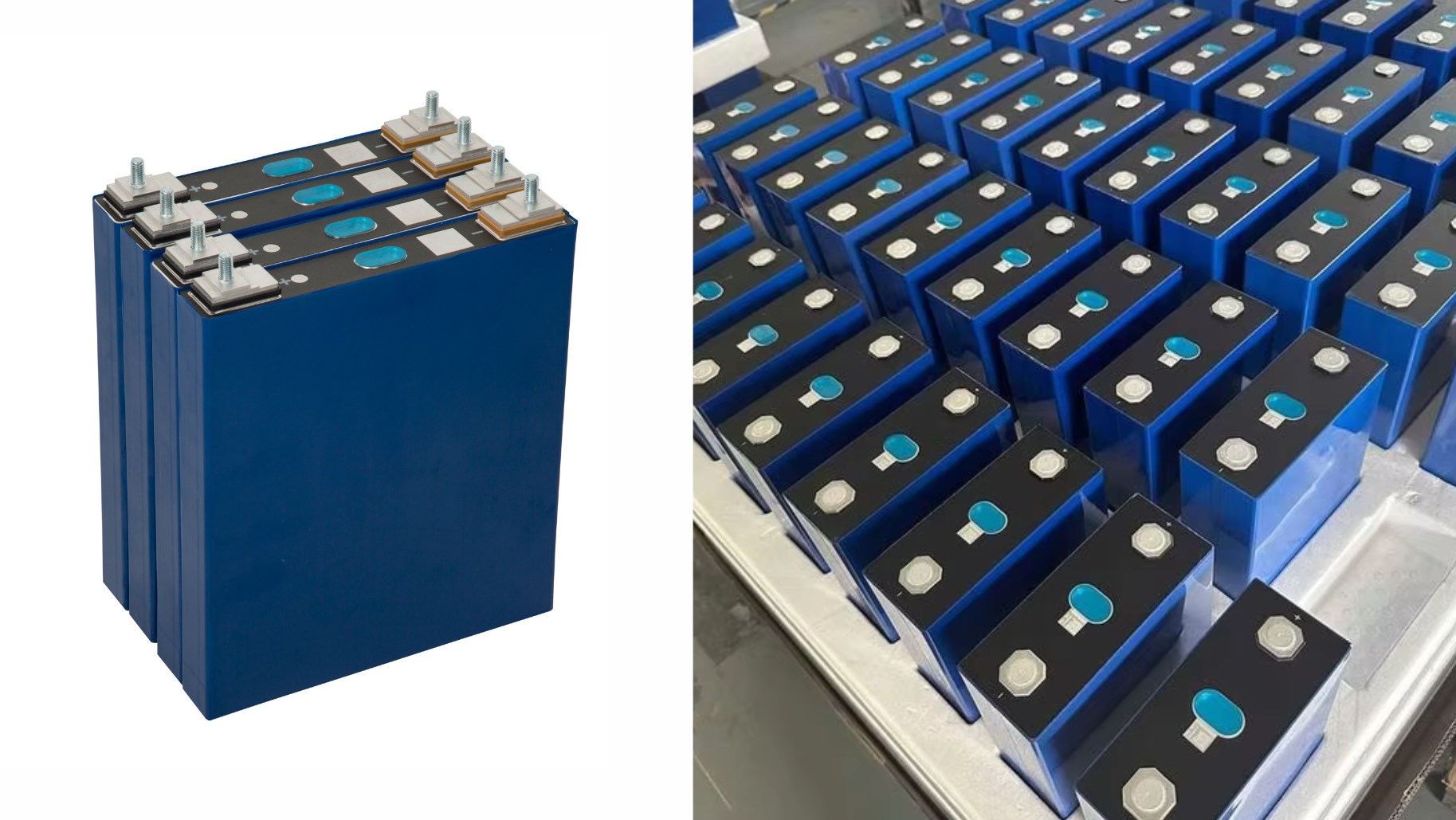Lithium Iron Phosphate (LiFePO4) batteries are gaining attention for their performance and safety benefits, but understanding their cost factors and economic viability is crucial for evaluating their long-term value. This article explores the primary cost components associated with LiFePO4 batteries and their overall economic feasibility, shedding light on how these factors influence their adoption in various applications.
LiFePO4 batteries offer favorable cost factors due to their long lifespan (over 10 years) and low maintenance needs. Although they have a higher initial cost than lead-acid options, their efficiency (up to 95%) leads to lower lifecycle costs. Increasing demand for renewable energy solutions will further enhance their economic viability.
Cost Factors
1. Raw Material Costs
The cost of raw materials plays a significant role in determining the price of LiFePO4 batteries. Key materials include lithium, iron, and phosphate:
- Lithium Iron Phosphate: Typically costs around $15 to $20 per kilogram. While relatively affordable, this material’s cost, combined with other lithium compounds, impacts the overall battery price.
- Lithium Compounds: More expensive lithium compounds can further increase battery costs, making the raw material component a significant cost driver.
2. Manufacturing Costs
Manufacturing LiFePO4 batteries involves several specialized processes, which contribute to higher production costs:
- Specialized Processes: The production of LiFePO4 batteries requires skilled labor, advanced technology, and rigorous quality control, leading to manufacturing costs that are 3 to 4 times higher than traditional lead-acid batteries.
- Energy and Labor: High energy consumption and the need for precise manufacturing techniques add to the production expenses, impacting the final retail price.
3. Battery Size and Capacity
The size and capacity of LiFePO4 batteries affect their cost:
- Larger Batteries: Batteries with higher capacities (measured in ampere-hours (Ah) or watt-hours (Wh)) generally cost more due to the increased amount of materials required.
- Advanced Features: Larger batteries often come with integrated battery management systems (BMS) and other advanced features, which enhance performance but also raise costs.
4. Market Supply and Demand
Market dynamics can significantly influence the price of LiFePO4 batteries:
- Supply and Demand: As demand for LiFePO4 batteries grows, manufacturers may increase production, potentially reducing costs through economies of scale.
- Raw Material Fluctuations: Variations in the prices of raw materials can lead to price volatility, impacting the overall cost of batteries.
5. Technological Features
Advanced features in LiFePO4 batteries can affect their cost:
- Enhanced Features: Features such as Bluetooth connectivity, self-heating capabilities, and sophisticated BMS add to the cost. While these features improve usability and performance, they contribute to a higher initial investment.
Economic Viability
1. Long-Term Value
Despite the higher upfront cost, LiFePO4 batteries offer substantial long-term value:
- Long Cycle Life: With a cycle life often exceeding 2,000 cycles, LiFePO4 batteries reduce the frequency of replacements, leading to significant long-term savings.
- Low Maintenance: Minimal maintenance requirements further enhance their economic viability, making them a cost-effective choice over time.
2. Safety and Reliability
The safety features of LiFePO4 batteries contribute to their economic appeal:
- Enhanced Safety: LiFePO4 batteries have a lower risk of thermal runaway and fire compared to other lithium-ion technologies. This safety translates to lower insurance costs and higher consumer confidence.
- Reliability: The consistent performance and safety of LiFePO4 batteries make them suitable for demanding applications, including consumer electronics and electric vehicles.
3. Environmental Considerations
The environmental benefits of LiFePO4 batteries add to their economic attractiveness:
- Eco-Friendly: LiFePO4 batteries are non-toxic and recyclable, aligning with the growing demand for sustainable products. Their eco-friendly nature may become more valuable as regulations around battery disposal and environmental impact become stricter.
4. Market Trends
Future trends in the LiFePO4 battery market suggest potential cost reductions:
- Decreasing Costs: Advancements in technology and manufacturing processes are expected to reduce the cost of LiFePO4 batteries by 30-50% over the next five to ten years. This trend could make LiFePO4 batteries more accessible for a broader range of applications, including electric vehicles and renewable energy storage.
Conclusion
Although LiFePO4 batteries present a higher initial cost compared to traditional battery technologies, their advantages in durability, safety, and environmental sustainability contribute to their economic viability. As technology advances and production scales up, the cost of LiFePO4 batteries is likely to decrease, making them an increasingly appealing option for both consumers and manufacturers. The long-term benefits and potential cost reductions reinforce the value of LiFePO4 batteries, positioning them as a favorable choice in the evolving landscape of energy storage solutions.




